Garden & outdoor
The Best Hybrid Bike
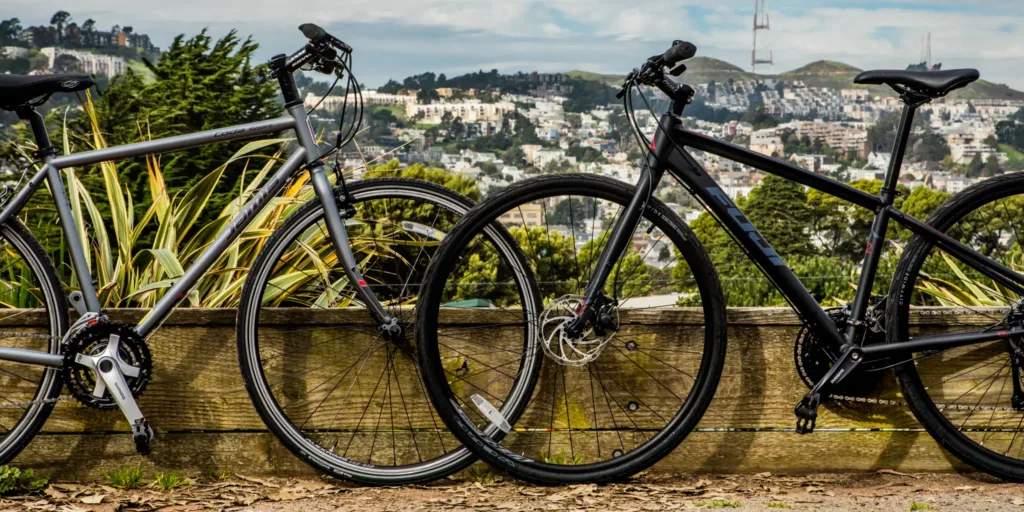
If you’re looking for a versatile laptop that can handle both your professional tasks and casual entertainment needs, a productivity-focused ultrabook—essentially a lightweight laptop with high performance—might be the ideal option.
Over the past five years, we’ve dedicated over 50 hours to researching nearly 100 models, tested more than 20 laptops, and concluded that the Dell XPS 13 is the best choice for most people.
It offers a sleek, durable design, excellent performance for daily tasks, and represents a better value today than when we initially reviewed it.
Menu
Everything we recommend
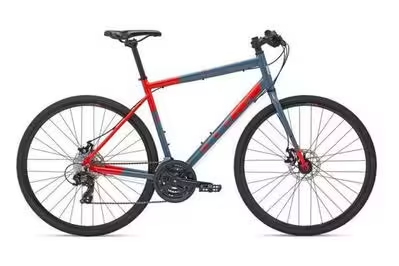
Marin Fairfax 1
Our favorite hybrid bike
This versatile commuter bike is fun to ride, great for weekend outings, and offers outstanding value compared to competitors.
The Marin Fairfax 1 is our top hybrid bike pick, offering durable components, a forgiving chrome-moly steel fork, rack and fender mounts, and hill-friendly gearing. Its aluminum frame delivers agile handling and quick acceleration while staying stable. Though the tires aren’t as high-quality as before, its $500 price remains unmatched for value, with a step-through option available at the same cost.
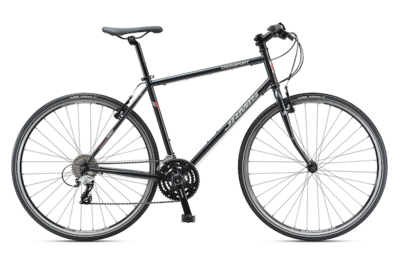
Jamis Coda S2
Still the smooth one
This steel-framed bike offers a smooth ride with quality tires and sturdy pedals but sacrifices maneuverability and comes at a higher price.
The Jamis Coda S2 is a great choice for those seeking the comfort of a lightweight chrome-moly steel frame, which dampens vibrations without the heft of cheaper high-tensile steel. It’s easy to carry and features quality Vittoria Randonneur tires and steel-wrapped resin pedals. However, it’s less nimble and pricier, now $630 compared to $530 in 2018. A women’s version is also available.
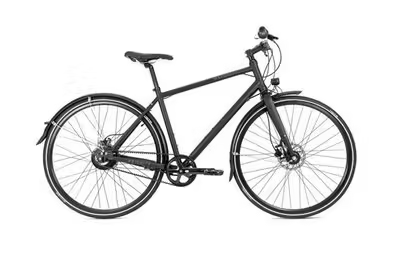
Priority Continuum Onyx
For the neatnik DIYer
A belt-drive bike with an internal gear hub offers low maintenance and grease-free riding but requires self-assembly or added assembly costs.
Belt-drive bikes are ideal for commuters, with low-maintenance belts, grease-free operation, and easy gear changes at stops. While typically pricey, the aluminum Priority Continuum Onyx is a standout value, featuring hydraulic disc brakes, a Gates Carbon Drive belt, an Enviolo rear hub, and dynamo-powered lights. However, it lacks a step-through option and requires self-assembly.
How we picked and tested
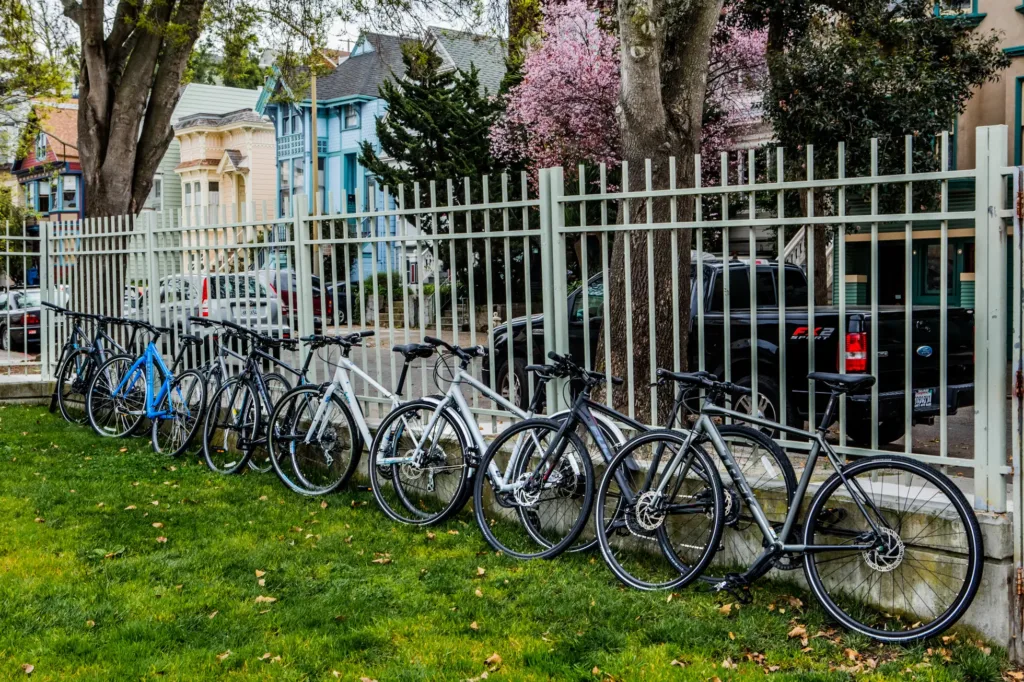
Performance hybrid bikes don’t generate much buzz among enthusiasts, but we reviewed available options to find the best features for a starter bike.
The ideal price used to be $500, but many models have increased by up to 35%. Spending less often means outdated parts, while spending more defeats the purpose of a beginner bike. Based on input from commuters, bike-shop owners, and mechanics, here’s what to look for:
- Fitness-friendly geometry: A road-bike-inspired frame for better efficiency and stability. Avoid cruiser-style upright positions that make longer rides wind-resistant.
- Flat handlebars: Easier to use than drop bars and offer better visibility in traffic.
- Reliable brakes: Mechanical disc brakes are now standard, though entry-level versions can be tricky to adjust and add weight compared to rim brakes. Still, hybrids with V brakes often have other major compromises.
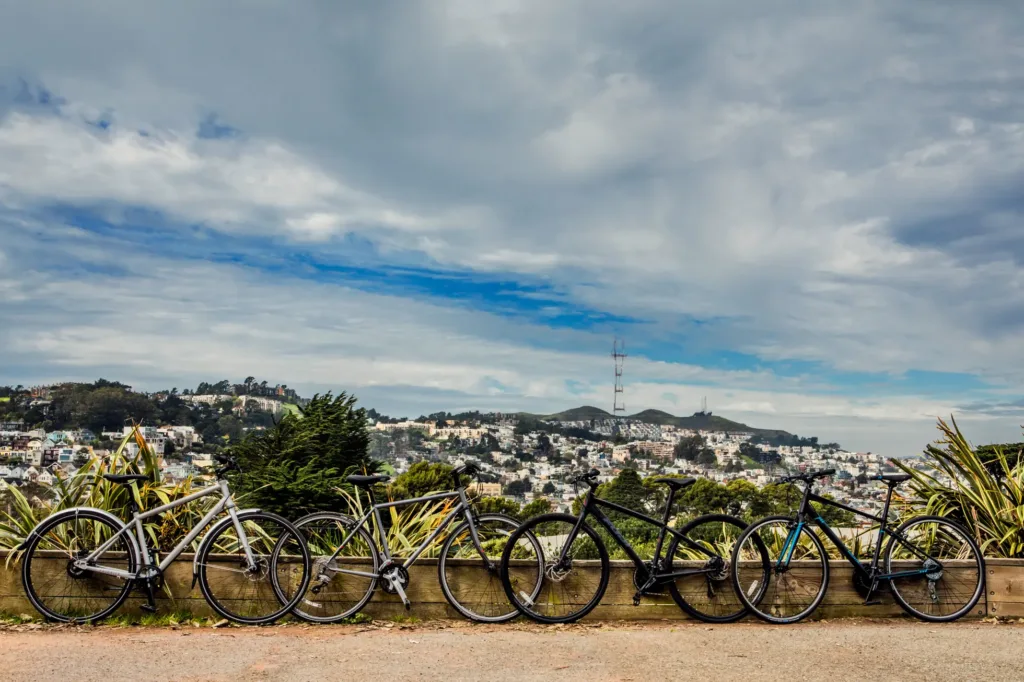
Fender and rack mounts: Panniers on a rear rack keep your gear low and your back sweat-free, while fenders help keep you drier on wet rides.
Appropriate gearing: Most hybrids have 21–24 gears, ideal for varied terrain. Avoid single-speeds unless you live in flat, wintery areas. Skip hybrids with single front chainrings, as they need heavy, costly rear cassettes.
Sturdy, lightweight frame: Aluminum frames are light and durable, though a bit jarring. Steel frames are smoother but heavier and pricier. Most bikes feature steel-bladed forks for added vibration dampening.
Quality components: Opt for bikes with modern cassettes over outdated freewheel cogsets to avoid compatibility issues.
Wide rims: Look for rims of 32 mm or more to allow wider tires, offering comfort with lower air pressure. Avoid $500 bikes with front suspension—they add unnecessary weight and are often poor quality.
Testing process: We’ve reviewed specs and tested updated models over the years to refine our picks.
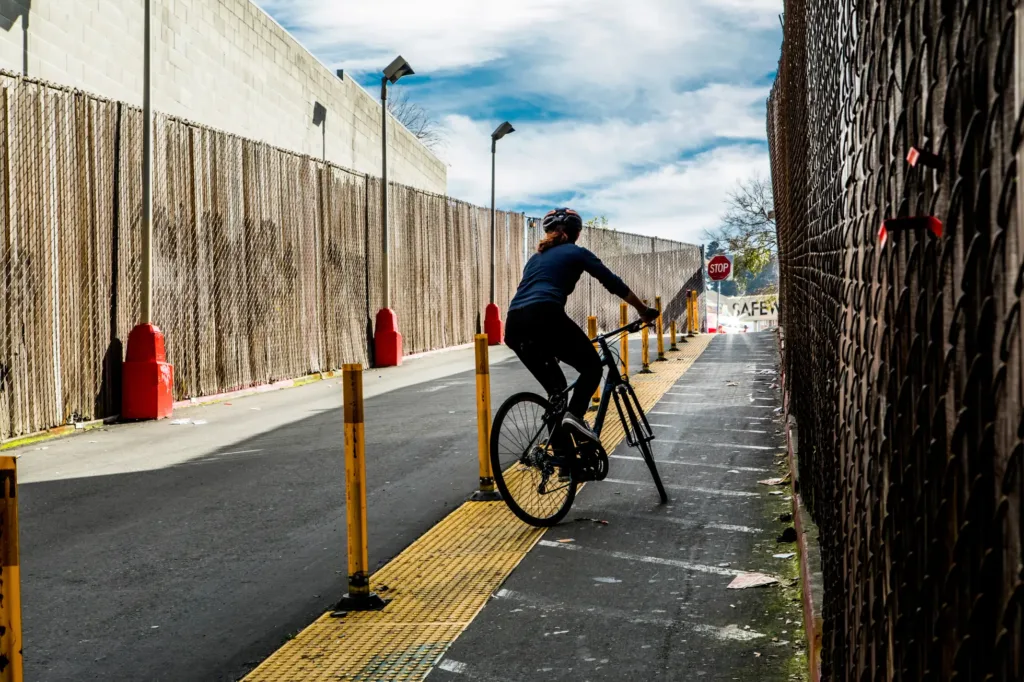
During testing, I used a “Supermarket Slalom”—navigating a steep driveway with soft-hit poles and rain-slick surfaces—to evaluate handling.
When shopping, remember:
- Always test-ride to see how the bike feels for you.
- Bikes rarely change much year-to-year. If a dealer mentions next year’s model, ask if it’s a “carry-forward”—it’s likely identical.
Our pick: Marin Fairfax 1
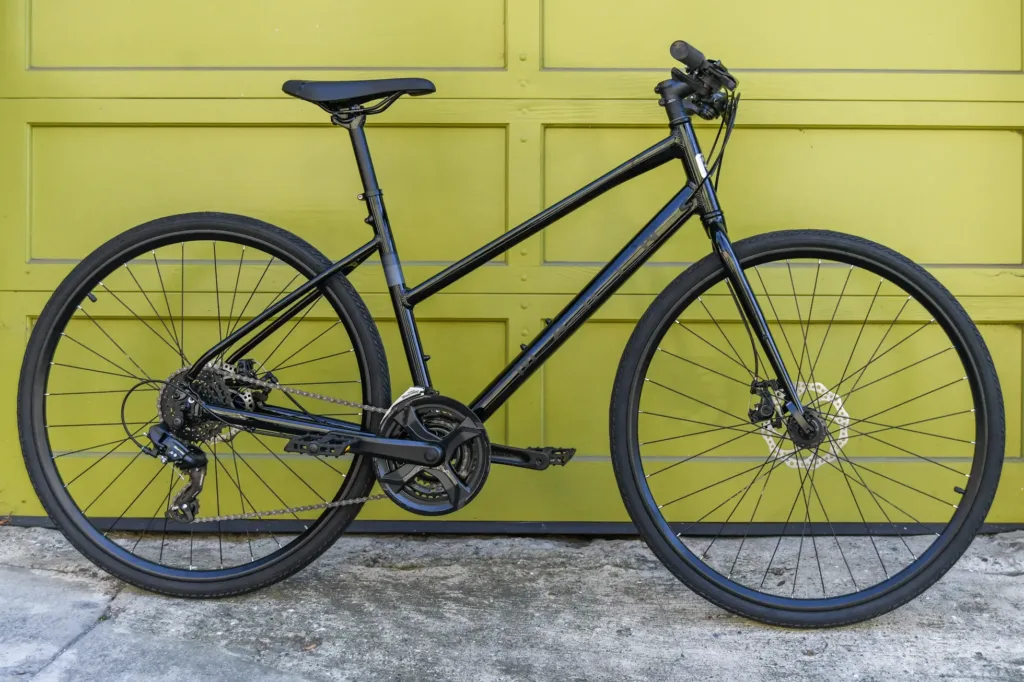
After its 2022 redesign, the Marin Fairfax 1 remains our top pick. The Fairfax 1 ST offers the same specs but with a lower top tube for easier mounting. The bike is agile and stable, with a quick yet smooth feel. Its frame design, including flattened chainstays and low-seat-stay junctions, enhances responsiveness and power transfer. At $500, the 2024 model offers excellent value, maintaining the same frame and components as the previous year, while similar hybrids from major brands cost around $600.
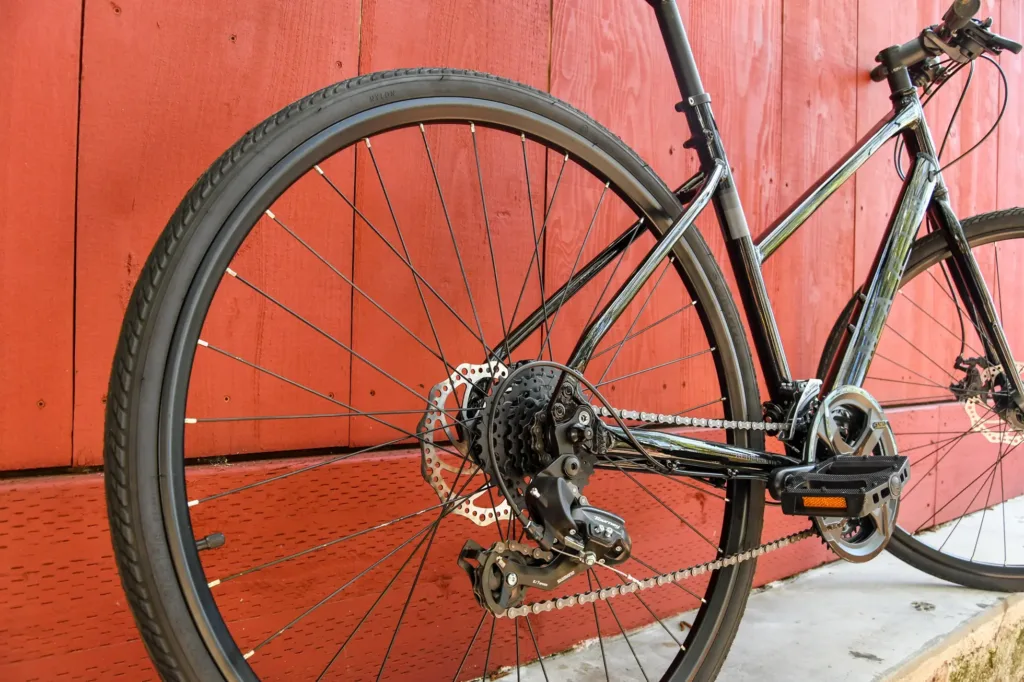
The Marin Fairfax 1’s gearing is well-suited for hills. The current model has a seven-speed cassette (11-34 teeth), offering a wider gear range than the eight-speed cassette (11-32 teeth) on the pre-2019 model. While the fewer gears create larger shifts, which can feel rough, we didn’t notice this issue on the Fairfax. The front gearing remains the same across tested bikes, with a Shimano Tourney triple set (48, 38, and 28 teeth) except on belt-drive models.
Key upgrades include a true seven-speed cassette (rather than a freewheel cogset, which is common in this price range) and a shock-dampening chrome-moly steel fork instead of cheaper hi-tensile steel. The rest of the components—mechanical disc brakes, derailleurs, shifters, handlebars, wheels, and mounts—are standard for entry-level hybrids, offering solid performance without any major standout features.
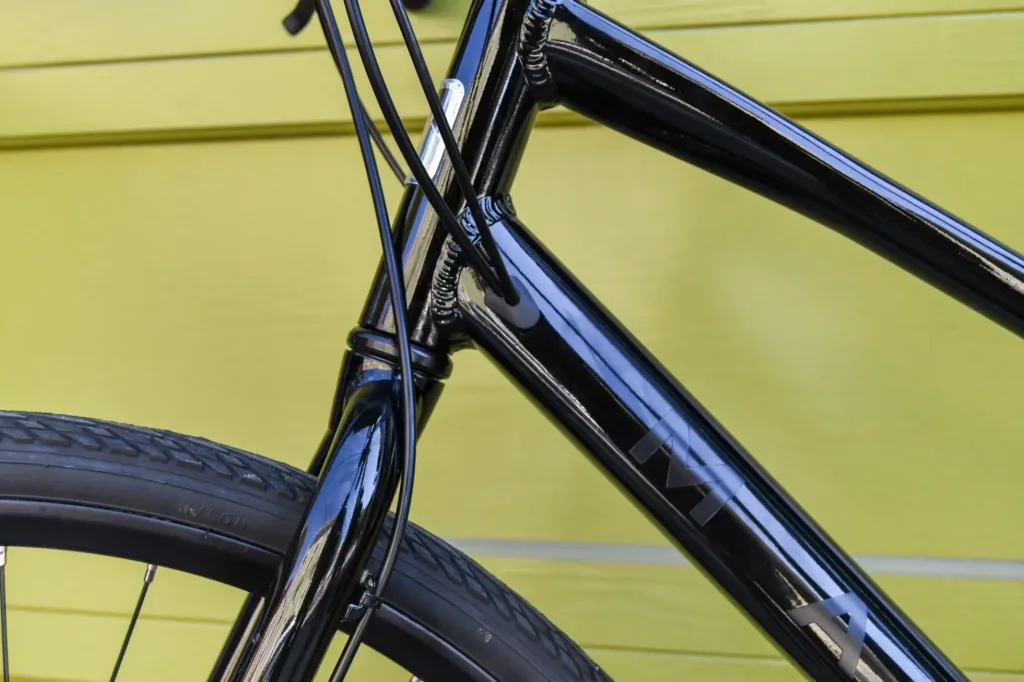
The latest redesign of the Marin Fairfax 1 adds thoughtful upgrades, including internally routed shifter and brake cables for better protection and smoother performance. The frame also now accommodates larger tires, allowing you to upgrade from the stock 35 mm tires to cushier 38 mm or 40 mm options.
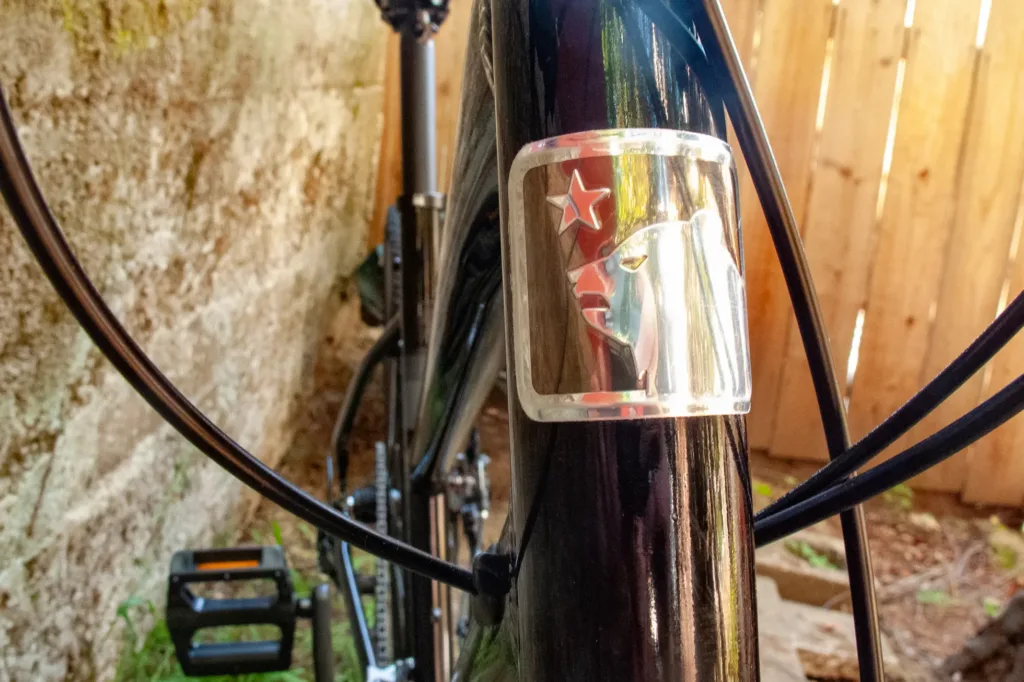
Flaws but not dealbreakers
- When first tested in 2017, the Fairfax 1 had Schwalbe Road Cruisers with Kevlar protection. By 2019, Marin switched to a private-label tire without flat protection, and the 2024 model still uses this tire.
Also great: Jamis Coda S2
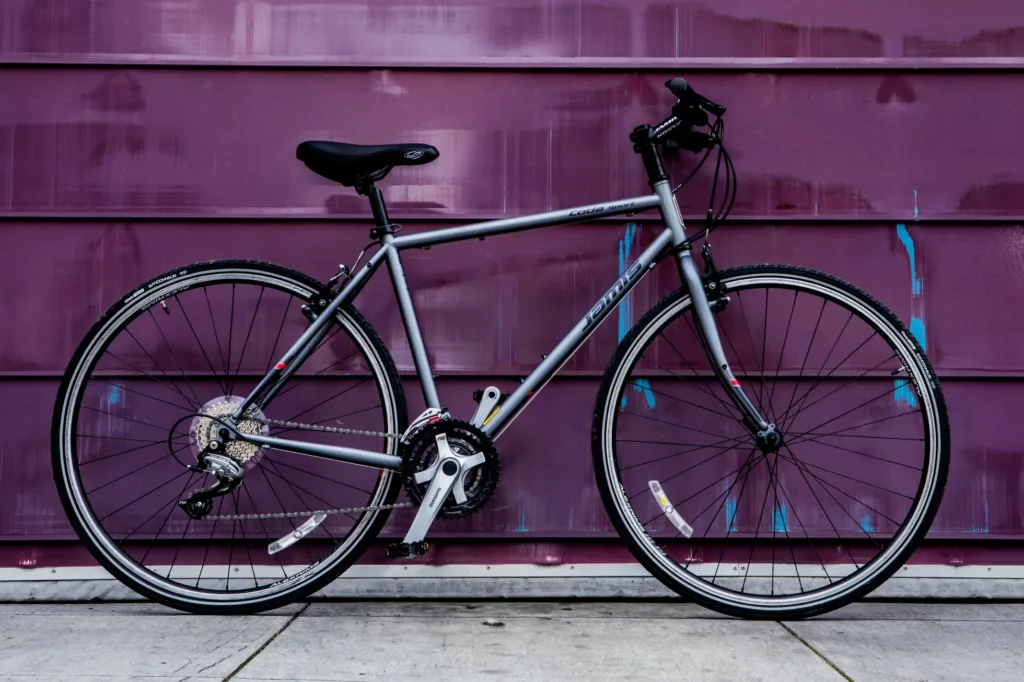
For rough pavement or potholed streets, the Jamis Coda S2 is a great choice. Its steel frame offers a smooth ride, and the current model is similar to the 2017 version (previously the Coda Sport). It features a Shimano Tourney front derailleur, Acera rear derailleur, an 8-speed cassette, and Tektro V brakes. The standout is its lightweight chrome-moly steel frame and fork, which effectively dampen road vibrations. The Coda S2 also comes in a “women’s” version with a smaller size, different colors, and a wider saddle.
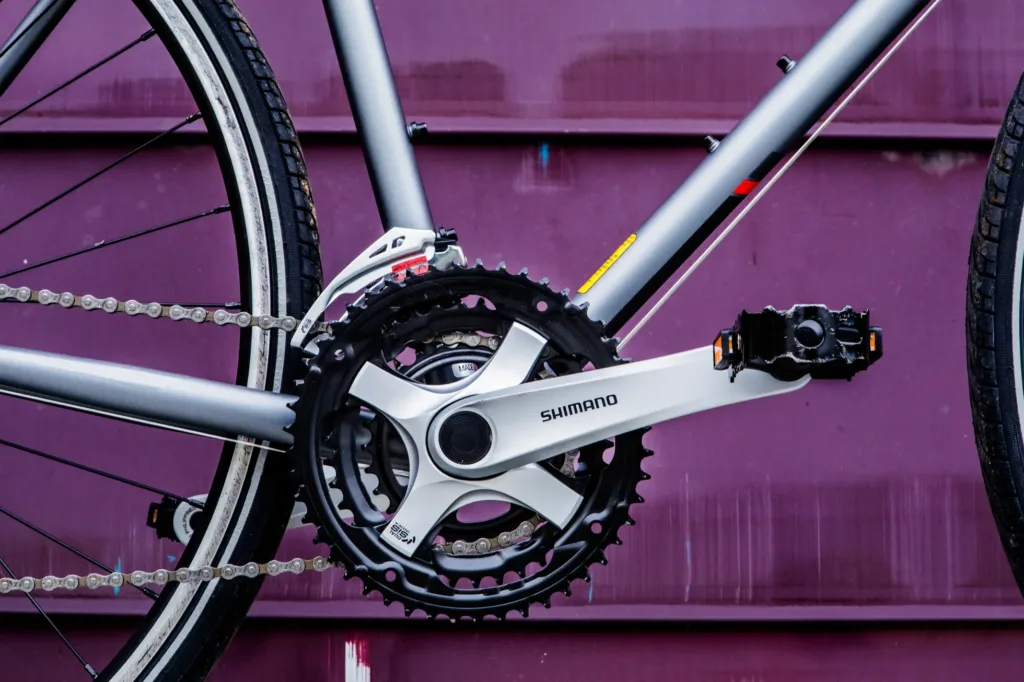
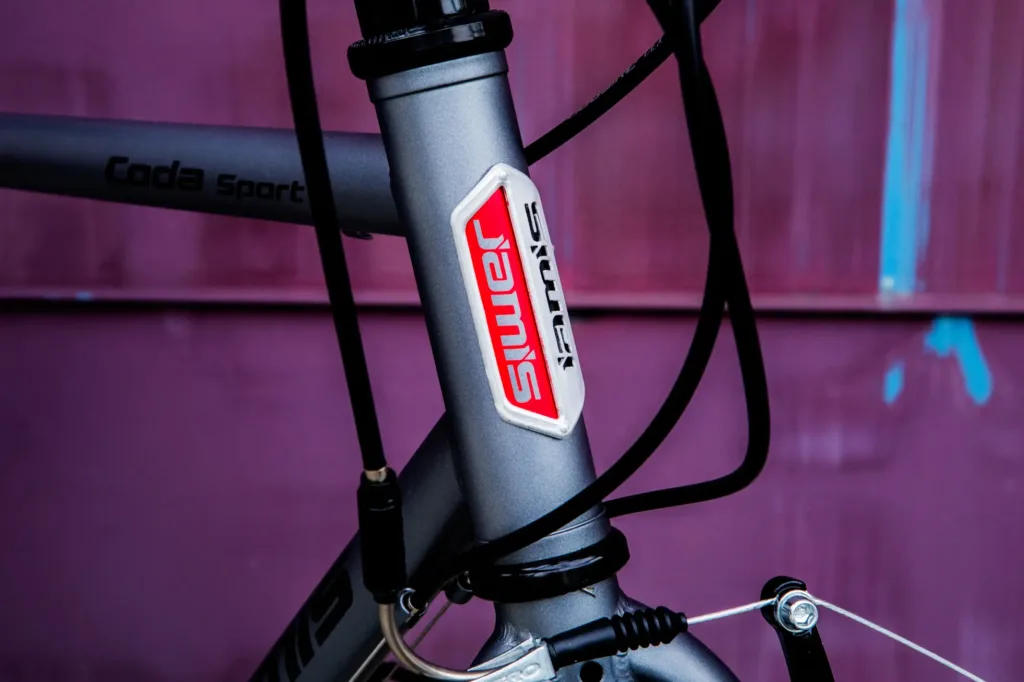
Steel is easily repaired and can be bent back into shape if it gets damaged, such as with a bent derailleur hanger after a crash. Unlike aluminum, which may not always withstand bending, steel offers more reliable repair options. Most aluminum frames, like our top pick, have replaceable hangers, but they vary in size and may not always be available at local bike shops.
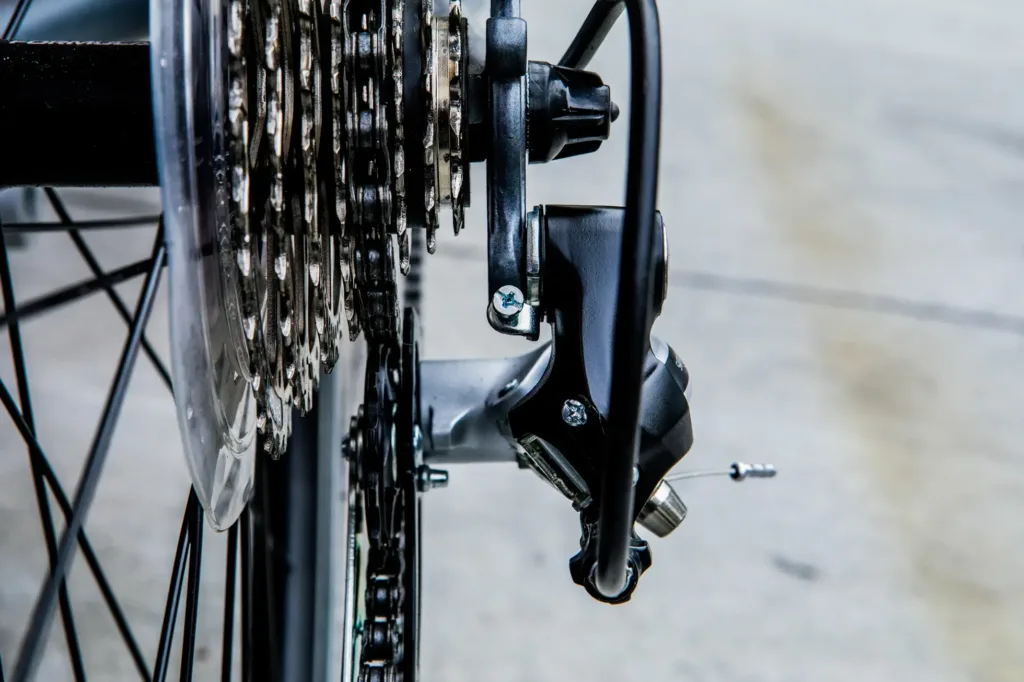
The Coda S2 now comes with 40mm Vittoria Randonneur tires, a upgrade from the previous 32mm. These name-brand tires provide a smoother ride.
Flaws but not dealbreakers
Since our first test, the Coda S2’s specs have remained largely unchanged, but its price has steadily increased—from $520 in 2017 to $770 in 2021, now discounted to $630. While the Coda S2 offers decent performance, it’s not as nimble as our top pick in terms of acceleration and handling. Its V brakes worked well in our tests, but if you’re commuting in bad weather or riding on dirt roads, a bike with disc brakes might be a better choice, as they perform better in rain and mud.
Upgrade pick: Priority Continuum Onyx
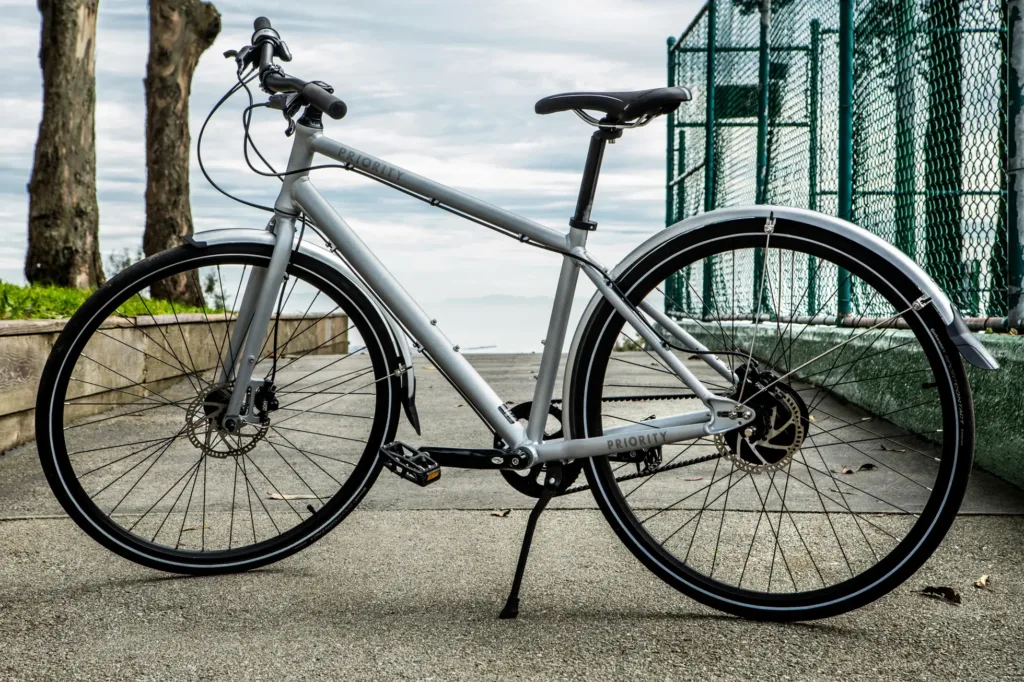
For those who commute in nice clothes, find gears confusing, or want minimal bike maintenance, the Priority Continuum Onyx is worth considering. It features a carbon-fiber belt instead of a traditional chain, so it doesn’t require lubrication and won’t get dirt on your clothes. However, belt-drive hybrids are pricier due to the need for an internally geared rear hub, which can cost anywhere from $100 to $1,500, compared to a standard $45 cassette. The Continuum Onyx uses an Enviolo continuous hub, allowing for smooth, seamless gear changes with just a twist of the grip shifter, making it easier to ride on hills or speed up on flat ground.
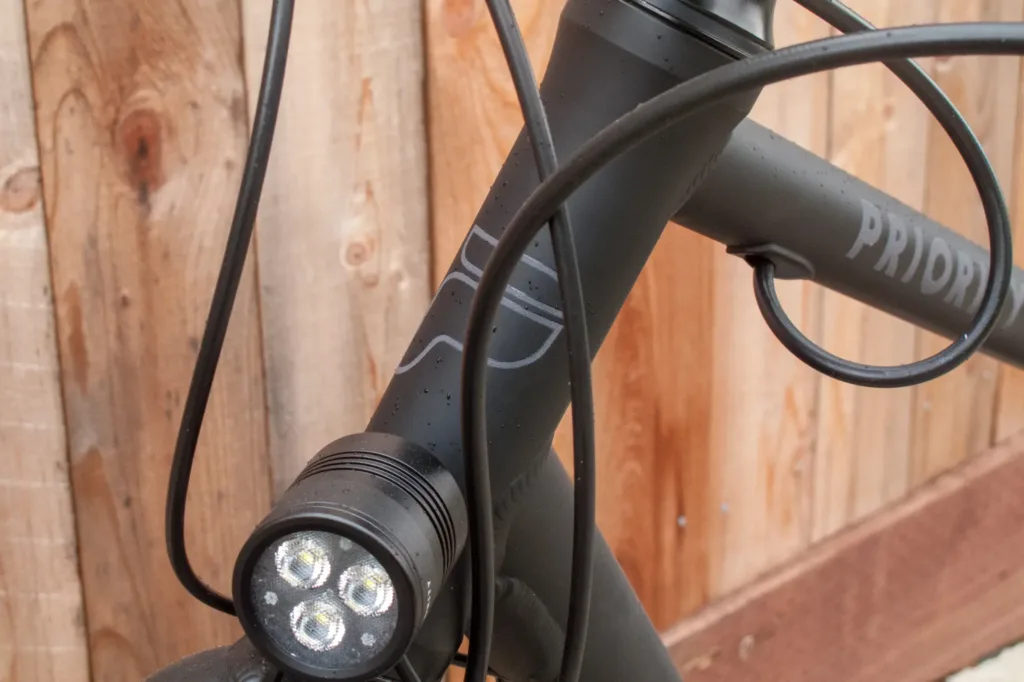
At $1,300, the aluminum-framed Continuum Onyx is a good value for a belt-drive hybrid. While it’s more expensive than the Marin Fairfax 1, it comes with high-quality features like hydraulic disc brakes, an aluminum fork, and a Gates Carbon Drive belt.
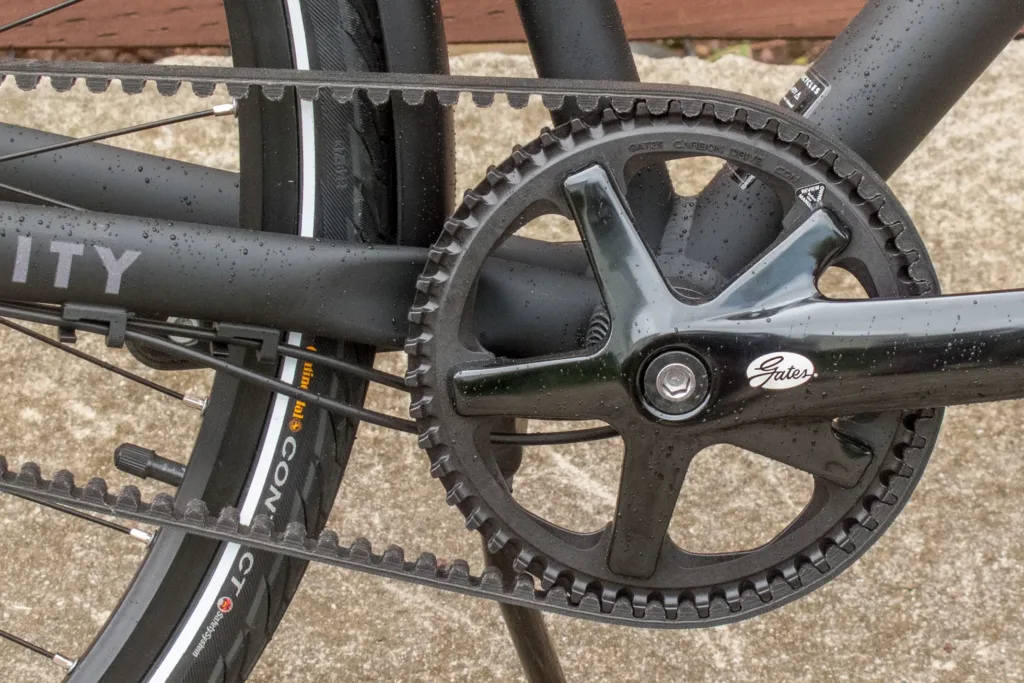
The Continuum Onyx features a dynamo-powered front headlight, so you don’t need to recharge it. The rear light is now also powered by the front hub’s dynamo. The headlight is sufficient for city riding but may need supplementation for darker areas due to a strobe-like effect.
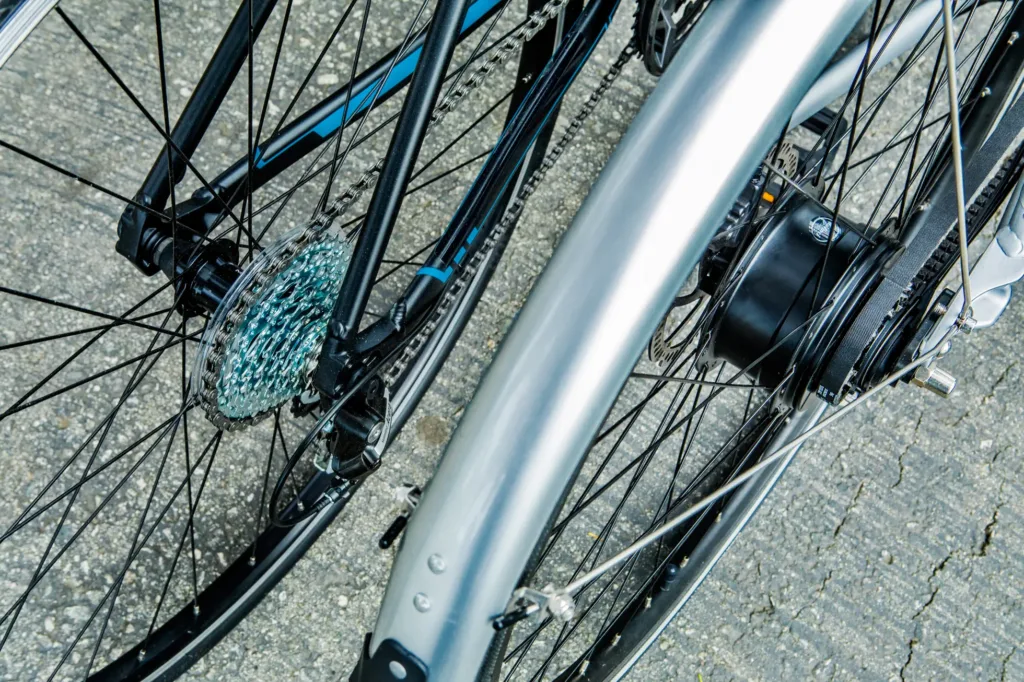
Flaws but not dealbreakers
- The Continuum Onyx doesn’t come in a step-through version, making it less suitable for a child seat on a rear rack.
- It’s only available through the Priority website, so you can’t test-ride it beforehand. After it arrives, you’ll need to finish assembling it, including setting up the brakes.
- Priority now offers a $130 assembly option through a local bike shop. If you choose home delivery ($30), it’s best to have a bike shop assemble or inspect it, which may incur an additional fee.
